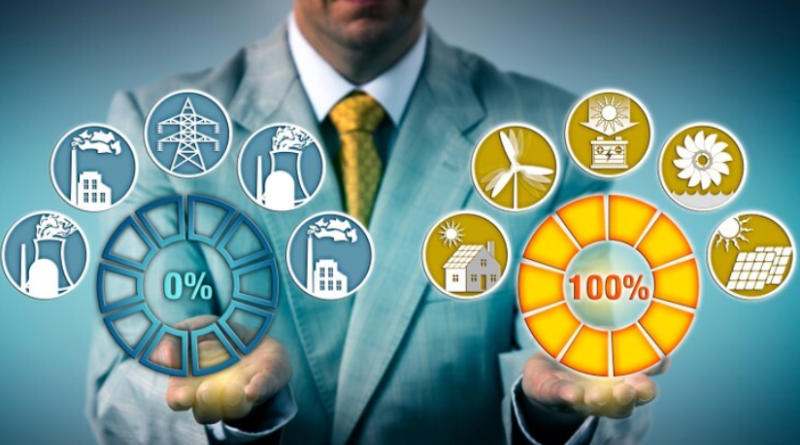China Sharpens Energy Transition Focus
A flurry of government directives and opinions on the energy transition since July have raised hopes that Beijing is putting the country’s energy transition back at the center of its policies after several years of focusing on Covid-19 controls and China’s post-Covid-19 economic recovery. Electric vehicle (EV) take-up and renewable power capacity have already exceeded government targets. But the real test lies in China’s ability to deliver deeper emissions cuts and eat away at the market share of fossil fuels — while still balancing reliability and security needs that are not going away. The impact of heavy tariffs under a possible Donald Trump US presidency also bear watching.
Environmentally friendly policies took off after the Third Plenum of the Chinese Communist Party, held in July, mentioned “carbon reduction” for the first time in its communique, underlining its importance for the government. “This is all about context, and here the Plenum is the context. This is about telling provincial officials: The energy transition is our long-term policy. It lays the ground for the next decade,” Michal Meidan, head of the China program of the Oxford Institute for Energy Studies, told Energy Intelligence. While all eyes were on the Plenum for signs of economic stimulus, third plenums are about setting the scene for long-term plans, she explained.
Since the Plenum, industry-specific plans and broader directives have been issued in quick succession. Amongst them are plans to upgrade coal facilities with cutting-edge technologies aimed at cutting emissions, possibly an attempt to make China’s 200 gigawatts of new coal power plants approved in 2022 and 2023 more environmentally friendly. Another important directive gradually shifts focus from energy consumption to carbon emissions control, which will help China measure its progress in reaching its carbon peak and neutrality. The directives will also help prepare for the 2026-30 plan, during which coal consumption is due to fall.
Engines of Development
Even as Beijing put the energy transition on the backburner to focus on rebuilding its economy from 2022 onward, China’s new energy sector has developed rapidly to the point that the “New Three” engines of development — EVs, lithium-ion batteries and solar panels — have become crucial tools to help move China’s economy forward. Critically, they have also started to reshape oil demand and power consumption, two major sources of emissions.
EVs seized a majority share in the domestic market in July for the first time, capturing 51.1% of overall light vehicle sales — a trend expected to continue with the EV penetration rate rising to an even higher 53.9% in August, according to the China Passenger Car Association. Affordable models, advanced technologies and robust government support explain the success of EVs in China. But the speed with which EVs have come to threaten gasoline demand has taken oil markets by surprise. Chinese gasoline consumption will fall by 120,000 barrels per day this year, and by another 150,000 b/d next year, China-focused energy consultancy SC199 estimates, signaling that gasoline demand peaked in 2023, at least two years before most people expected it.
China’s total installed capacity of solar and wind power exceeded 1,200 GW by end-July, more than Europe and the US combined and six years ahead of official 2030 targets. Wind and solar generation accounted for 20% of the country’s electricity mix in the first half of this year, doubling their share from 2019, according to China’s National Energy Administration (NEA). Nearly 8 GW of coal went off line in the first half of the year as renewables power capacity surged.
China’s push for green hydrogen production is also gaining strong momentum, with over 500 projects worth approximately 500 billion yuan ($70 billion) approved or planned for a total capacity of more than 10 million tons of green hydrogen, according to China-Orange group, a data provider. China’s State Council in August approved 11 new nuclear reactors, the highest number green-lighted in a single session, underscoring nuclear’s role in Beijing’s broader low-carbon transition strategy.
Source: energyintel.com




